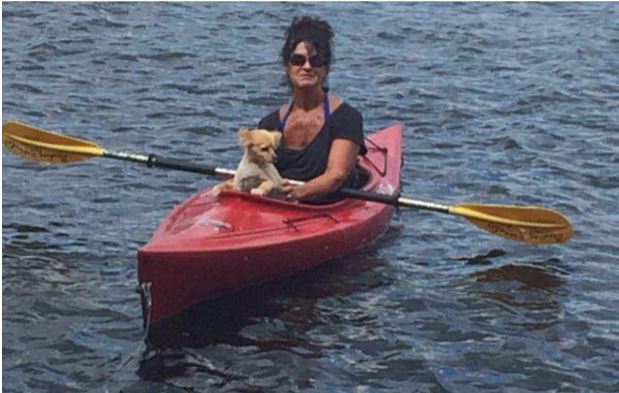Self-confidence is comprised of a group of mental muscles, which is why you need a variety of exercises to build self-confidence.

Both the situation and the required skills determine which self-confidence muscles you need to use. I’ve seen the most confident male executives, who are used to addressing mostly male audiences, become weak in the knees when speaking to a room full of professional women. The self-confidence muscle group regarding women has atrophied from lack of use.
Self-Confidence and Gender
While weak self-confidence muscles are a gender neutral affair, they are more common among women. This lack of self-confidence is detrimental to achieving career advancement and success, because competence and confidence are equal partners in these endeavors.
How and When Do Women Lose the Self-Confidence Battle?
As children boys are expected to be bold, brazen and courageous. They’re told to dust themselves off and get back in the game. Getting thrown down and standing back up, builds self-confidence. Girls, on the other hand, are rewarded for being well-behaved and earning good grades. This requires competence, so we come to focus a great deal on competence and less-so on confidence. This split shows up during the course of our careers. According to The Confidence Gap, women apply for a job when they meet 90% of the required competencies. Men apply at 60%, and are confident they’ll become more competent with experience. Finally, according to research published in Women and the Paradox of Power hundreds of senior women, director level and above, identify self-confidence as their number one obstacle to career success.
But hope abounds because you can build self-confidence muscles.
Two Part Practice to Build Self-confidence
If you learned to walk, you once met a tremendous challenge for which you had no prior experience. You lacked coordination. Your muscles were weak, and there was no reason to believe you might ever master this skill. You fell many times over, but remained undaunted. You got up and put one foot in front of the other, again and again. It was exhausting. It took months to master The Walk, but you did it. You became a Confident and Competent walker, so much so that you learned to run, skip, and hop on those same two appendages. At a certain point in time, walking became a “no-brainer”. Imagine that. Imagine further that you can use your memory of becoming confident to build self-confidence in new and unfamiliar situations.
Part 1 – Find your self-confidence building memory
The body remembers.
Recall mastering something for which you initially had little or no self-confidence. Recall what you felt and thought before, during, and after your success.
My challenge took place leading up to speaking at a professional conference for women leaders. Typically, I’m not anxious about presenting to large groups, but somehow this was different. My anxiety and lack of confidence built up over the course of several weeks. I wanted OUT any way I could get it. But I muscled myself to the front of the room. THE MINUTE I started to talk, my self-confidence muscles began firing. They were flexible and strong. I was on my game and the participants were engaged. While the anxiety leading up to this event was undesired, I learned a lesson that will serve me well in future situations.
Your self-confidence will overcome your self-doubt.
Part 2 – Engage in self-talk
The next time you’re in a situation for which you lack self-confidence, recall your self-confidence memory. I might use the one above. Then, let the self-talk begin, with this rule in mind.
Self talk is more effective when you address yourself by name or in the second person. It’s as if your Chief of Confidence is over-riding your Self-doubting Officer.
My script might go like this.
Anne, you can do this. Remember how you lacked confidence leading up to the conference. Remember how all that changed the minute you started talking. (At this point the confident thoughts, feelings and body sensations are coming back to life.) Remember what a hit your presentation was.
So give this two part practice a try and comment on how it worked for you.


